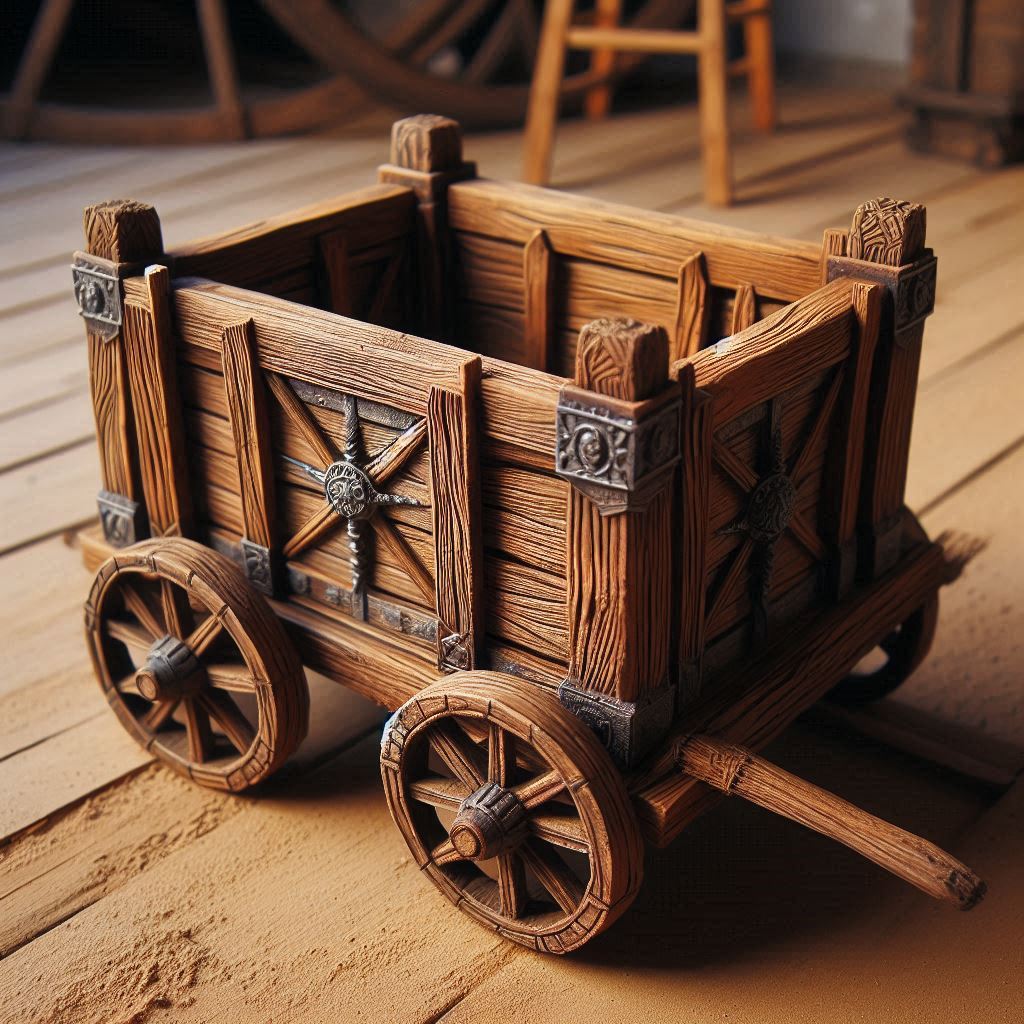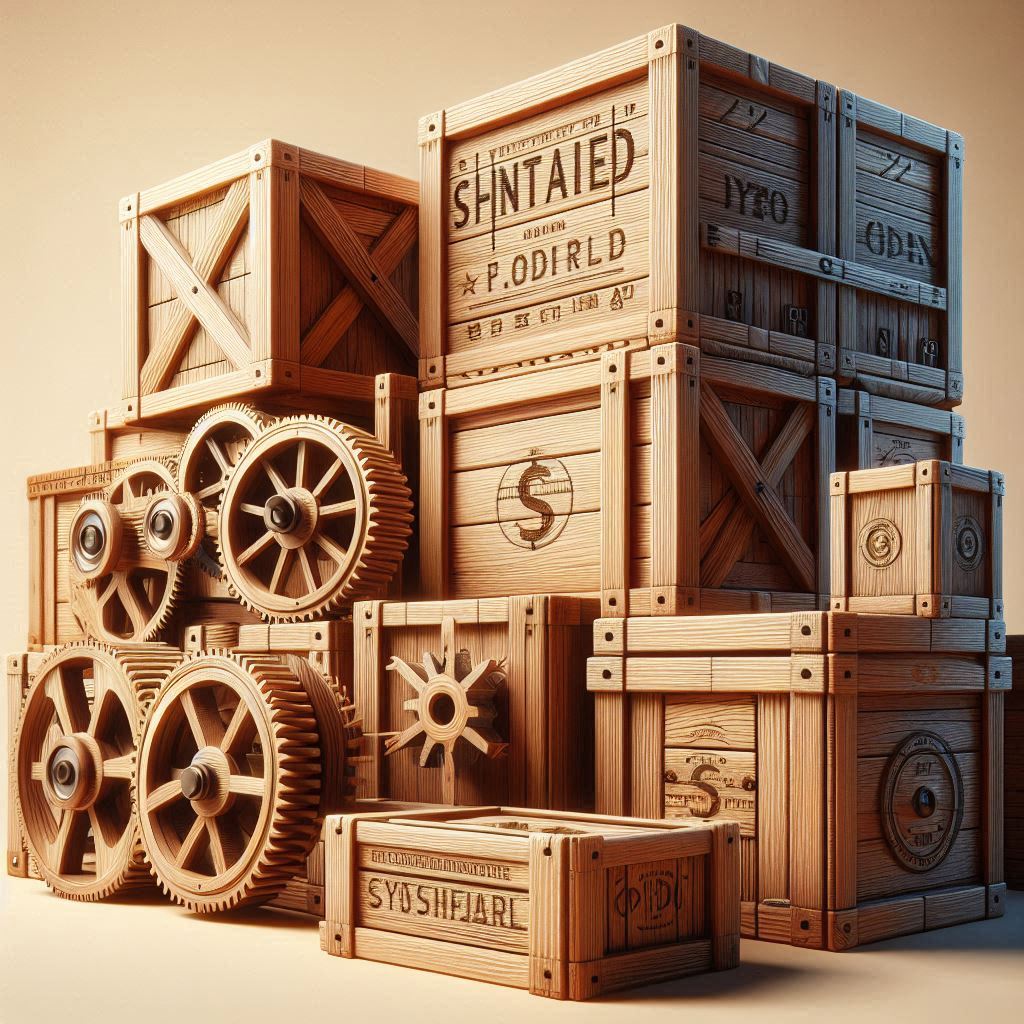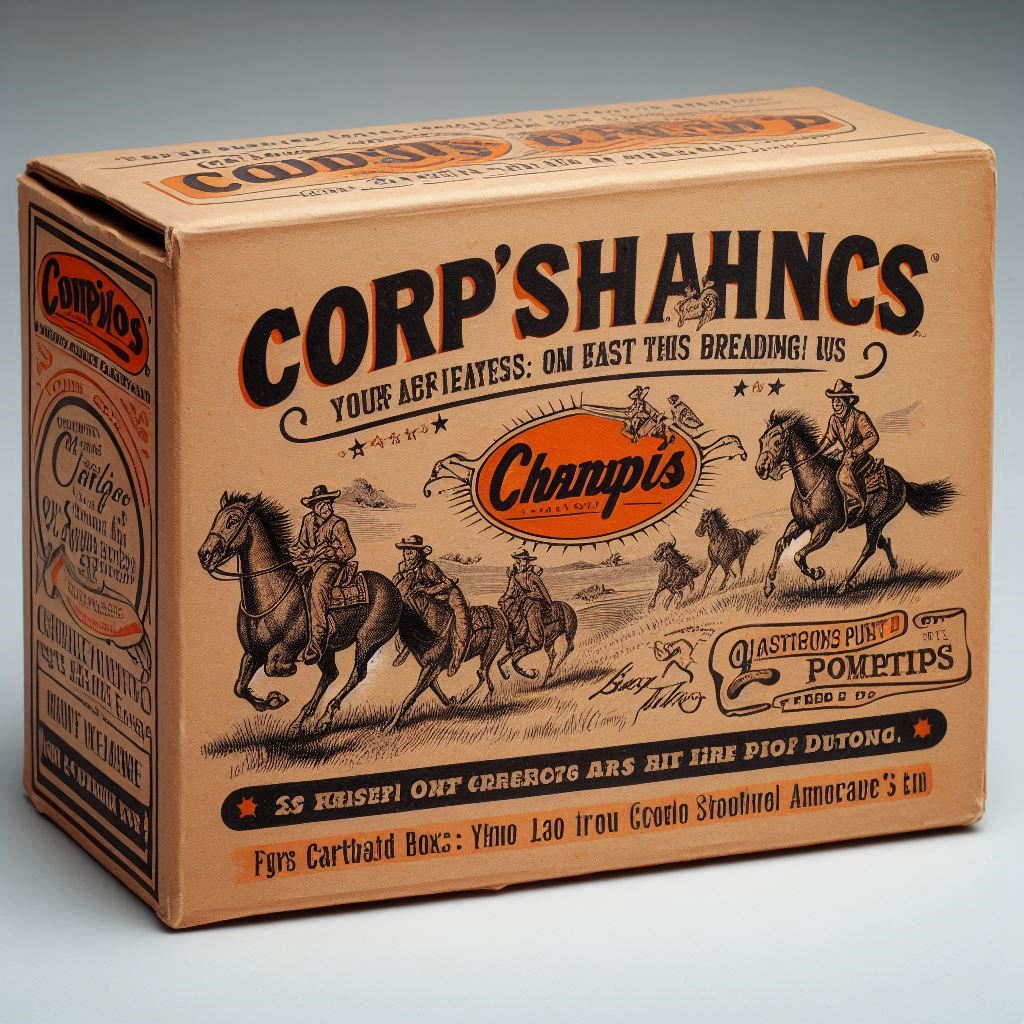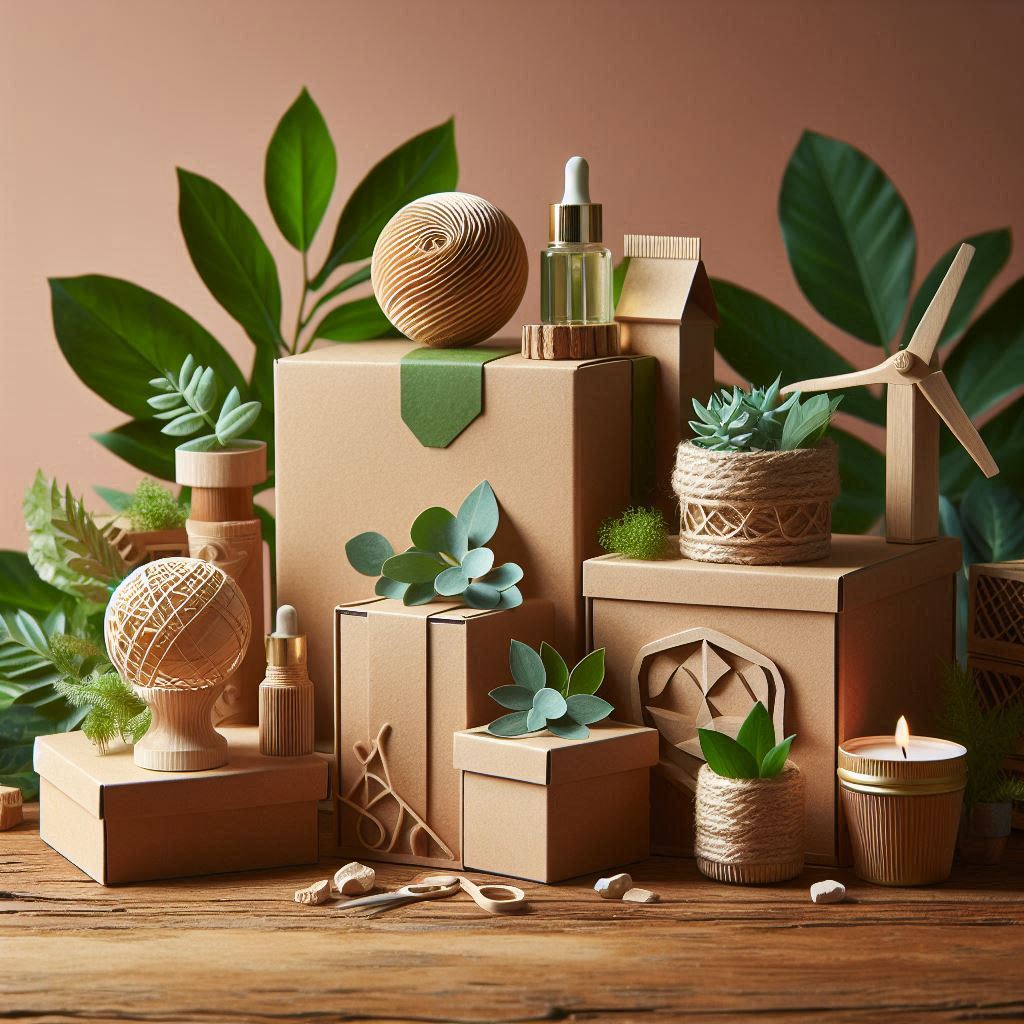The History of Boxes: From Wood to Cardboard
Boxes are one of the most ubiquitous yet underappreciated inventions in human history. They have played a pivotal role in shaping commerce, industry, and daily life, evolving from simple wooden containers to the sophisticated cardboard designs we use today. At Imperial Paper, we’re passionate about the art and science of packaging, and we invite you to join us on a journey through the fascinating history of boxes. From their humble beginnings to their modern-day innovations, this is the story of how boxes have transformed the world, now let`s explore The History of Boxes: From Wood to Cardboard.
The Origins: Wooden Boxes in Ancient Civilizations
The history of boxes dates back thousands of years, with the earliest examples made from wood. Ancient civilizations, including the Egyptians, Greeks, and Romans, relied on wooden crates and chests to store and transport goods. These early boxes were crafted by hand, often using locally sourced timber.
Wooden boxes served a variety of purposes:
Storage: Wealthy families used ornate wooden chests to store valuables like jewelry, clothing, and spices.
Transport: Merchants used sturdy wooden crates to ship goods like wine, olive oil, and grains across long distances.
Rituals: In some cultures, intricately carved wooden boxes held religious artifacts or were used in burial ceremonies.
These early boxes were not only functional but also works of art. Skilled craftsmen adorned them with carvings, paintings, and metal accents, turning everyday objects into symbols of status and wealth.

An intricately carved wooden chest from ancient Egypt, used to store valuables.
The Middle Ages: Wooden Boxes and the Rise of Trade
During the Middle Ages, wooden boxes became even more essential as global trade routes expanded. Merchants relied on sturdy crates to transport goods like spices, textiles, and precious metals across continents. Wood’s durability made it ideal for long journeys by land and sea.
In Europe, wooden boxes were also used for personal storage. Families kept their most prized possessions in beautifully crafted chests, often passed down through generations. These boxes were sometimes lined with fabric or leather to protect delicate items.

A medieval wooden crate for transporting goods along trade routes.
The Industrial Revolution: Mass Production and Standardization
The Industrial Revolution of the 18th and 19th centuries marked a turning point in the history of boxes. Advances in manufacturing technology made it possible to produce wooden boxes on a much larger scale. Factories began churning standardized crates for shipping goods like machinery, textiles, and agricultural products.
However, wooden boxes had their limitations. They were heavy, expensive, and not always practical for smaller items. As global trade grew, the need for a lighter, more versatile material became increasingly apparent.

Standardized wooden crates became a staple of global trade during the Industrial Revolution.
The Birth of Cardboard: A Packaging Revolution
The invention of cardboard in the early 19th century revolutionized the packaging industry. The first cardboard boxes were simple and flat, used primarily for lightweight items like hats and playing cards. However, their potential was soon realized.
In 1871, Albert Jones of New York patented corrugated cardboard, which featured a fluted layer sandwiched between two flat sheets. This design provided strength and durability while remaining lightweight. By the early 20th century, corrugated cardboard boxes had become the go-to solution for shipping and storage.
Cardboard boxes offered several advantages over wood:
Lightweight: Easier to transport and handle.
Cost-Effective: Cheaper to produce than wooden crates.
Customizable: It could be easily cut, folded, and printed.

An early example of a corrugated cardboard box, patented in the late 19th century.
The 20th Century: Cardboard Boxes Take Over
The 20th century saw the widespread adoption of cardboard boxes across industries. From retail to manufacturing, businesses embraced this versatile packaging solution. The rise of e-commerce in the late 20th century further cemented the cardboard box’s place in modern life.
Cardboard boxes also became a canvas for branding and marketing. Companies began printing their logos, product information, and eye-catching designs on their packaging, turning boxes into powerful advertising tools.

A vintage cardboard box from the mid-20th century, showcasing early branding efforts.
Luxury Packaging: The Art of Unboxing
As cardboard boxes became more common, luxury brands began to explore their potential for creating memorable customer experiences. High-end retailers started using custom-designed boxes with premium finishes like embossing, foil stamping, and soft-touch coatings.
These boxes were more than just containers—they were an extension of the product itself. The unboxing experience became a key part of the brand’s identity, with customers sharing their experiences on social media. Today, luxury packaging is a multi-billion-dollar industry, with brands investing heavily in designs that reflect their values and aesthetics.

Caption: Modern luxury packaging combines functionality with elegance, creating a memorable unboxing experience.
Sustainability: The Future of Boxes
Sustainability has become a major focus in the packaging industry in recent years. Being recyclable and biodegradable, Cardboard is at the forefront of this movement. Companies like Imperial Paper lead the way by offering eco-friendly packaging solutions from recycled materials.
Innovations like lightweight designs, water-based inks, and compostable coatings are helping reduce the environmental impact of packaging. At the same time, consumers are increasingly drawn to brands that prioritize sustainability, making eco-friendly boxes a win-win for businesses and the planet.

Caption: Eco-friendly cardboard boxes pave the way for a more sustainable future.
Conclusion
From ancient wooden chests to modern cardboard boxes, the history of packaging is a testament to human ingenuity and adaptability. Boxes have evolved to meet society’s changing needs, playing a crucial role in trade, industry, and everyday life.
At Imperial Paper, we’re proud to be part of this legacy. Whether you’re looking for durable shipping boxes, luxurious custom designs, or sustainable packaging solutions, we have the expertise and resources to bring your vision to life. Explore our collection and discover how we can help you create packaging that stands out—just like the boxes that have shaped history.
Ready to elevate your packaging? Do you know the History of Boxes: from wood to Cardboard? Contact Imperial Paper today, and let’s create something extraordinary together!

